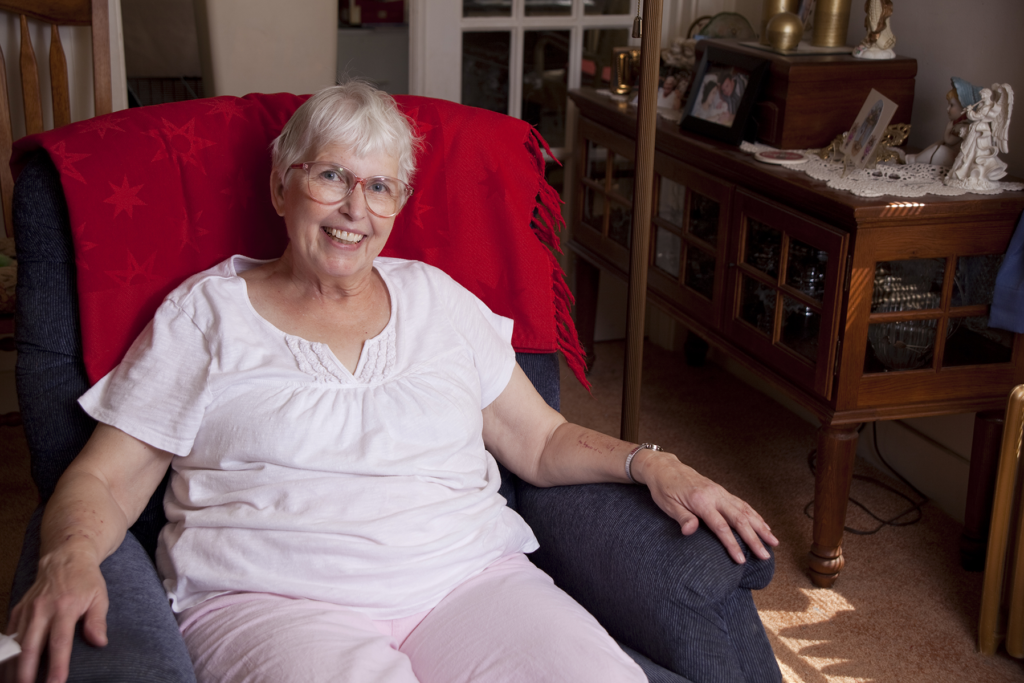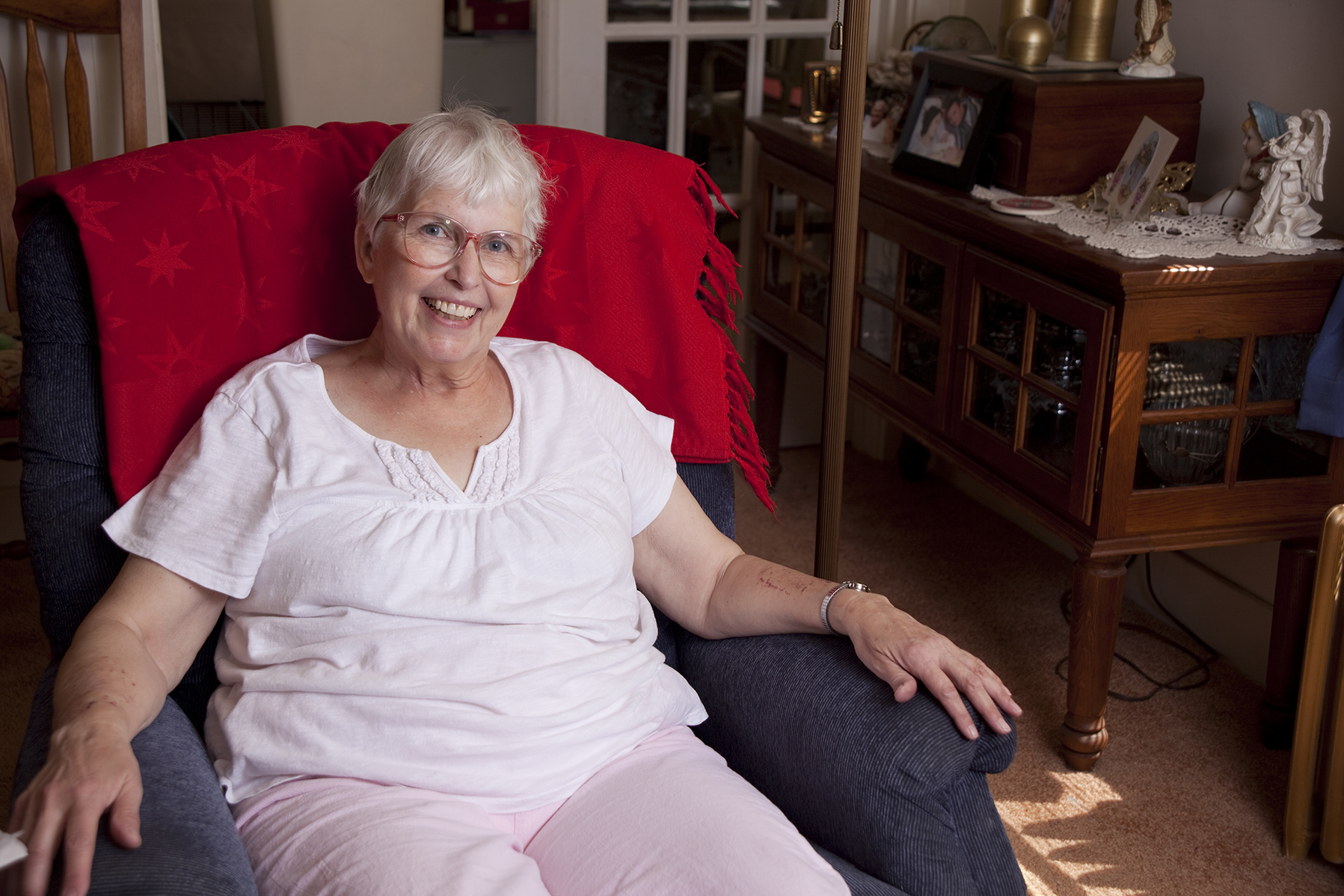As we get older, often our bodies need a little more support – whether that is with walking, sitting or standing. Residents in elderly care homes are no exception.

In fact, the comfort level and the health of elderly patients can greatly improve with the help of therapeutic chairs.
Proper support chairs for residents can also help carers with effective patient handling.
Here is a closer look at the options available and their benefits.
Benefits of support chairs
Pressure management is one of the most important aspects of caring for elderly patients.
Many aged care residents spend long periods of their day sitting in a chair.
If they are suffering from limited mobility, they may even rely on home care staff for their safety when moving in and out of the chair.
Specially designed chairs have been created with the complex needs of older people in mind.
According to a 2018 study on seating in aged care, residents, experts and carers all prefer chairs above the recommended height for older people, to aid in moving in and out of chair more easily and for patient handling.
The study also found that armrests are essential and that chairs should not be too deep, so that residents can easily touch the floor and sit comfortably.
Keeping this in mind, below we’ve outlined the different options available.
What support chairs should include as a standard
Support chairs should include as a standard, components such as wheels and be fully adjustable.
Pressure management functionality should be an essential part of the design, and head and lateral support is equally as important.
There should be the option for a foot rest and be able to ’tilt in space’, which means the chair’s position can be shifted while maintaining the correct support angles for the user.
The types of seating support chairs available on the market
Poor posture when sitting can have negative knock-on effects, resulting in issues like chest, lung or urinary infections.
A poorly designed chair can also lead to pain and discomfort for elderly people so it is essential that chairs encourage good posture and support for residents.
Here are some of the most common options for support chairs available:
Wheelchairs
Wheelchairs should mostly be used for covering distances or for moving around outside.
There are options for manual or electric chairs, and seats can be moulded for added comfort and support.
They are helpful for patient handling and are an essential support chair for elderly residents, but they are not the best option when spending lots of time sitting.
They also usually lack pressure management functionality and tilt in space options.
Riser recliner chairs
Riser recliner or lift chairs are another option.
These chairs are good for assisting with residents with reduced mobility as their riser function can lift the chair for residents to stand or sit, and have a recliner option for comfort.
Yet, they often lack in pressure management functionality and therefore aren’t the best option for residents that are immobile.
This can be an important point to consider, particularly when it comes to patient handling for carers.
Therapeutic chairs
Therapeutic chairs go one step further as they have been designed to provide optimal postural support.
These chairs are often designed to accommodate the changing needs of residents and are fully adjustable – from the seat height and seat depth, to adjustable seat width – providing pressure management to properly support the entire body.
These height adjustable chairs can also aid in the reduction of bed sores, infection control, ensure comfort and assist with mobility.

Sleeping and body support
The importance of sleeping and body support products should not be underestimated as it is not unlikely for elderly patients to fall asleep in their chair.
Therefore, comprehensive pressure management solutions are important when looking for a support chair.
The chair should include excellent sleep support, including leg elevation, head support and angle recline functions.
Full body support requires more than sufficient space to sit. That is why some therapeutic chairs have been designed with added neck support, posture support, sliding seating surfaces, and other crucial details.
How to choose the right chair
Choosing the right chair for an elderly person does not need to be difficult with the help of a qualified seating specialist or occupational therapist.
Determining the correct chair required should begin with a thorough seating assessment that will highlight the most important elements of support needed from a support chair.
Whether looking to address a specific medical condition, improve posture, or to simplify social interaction for elderly patients, there are is a suitable chair to meet all requirements.









